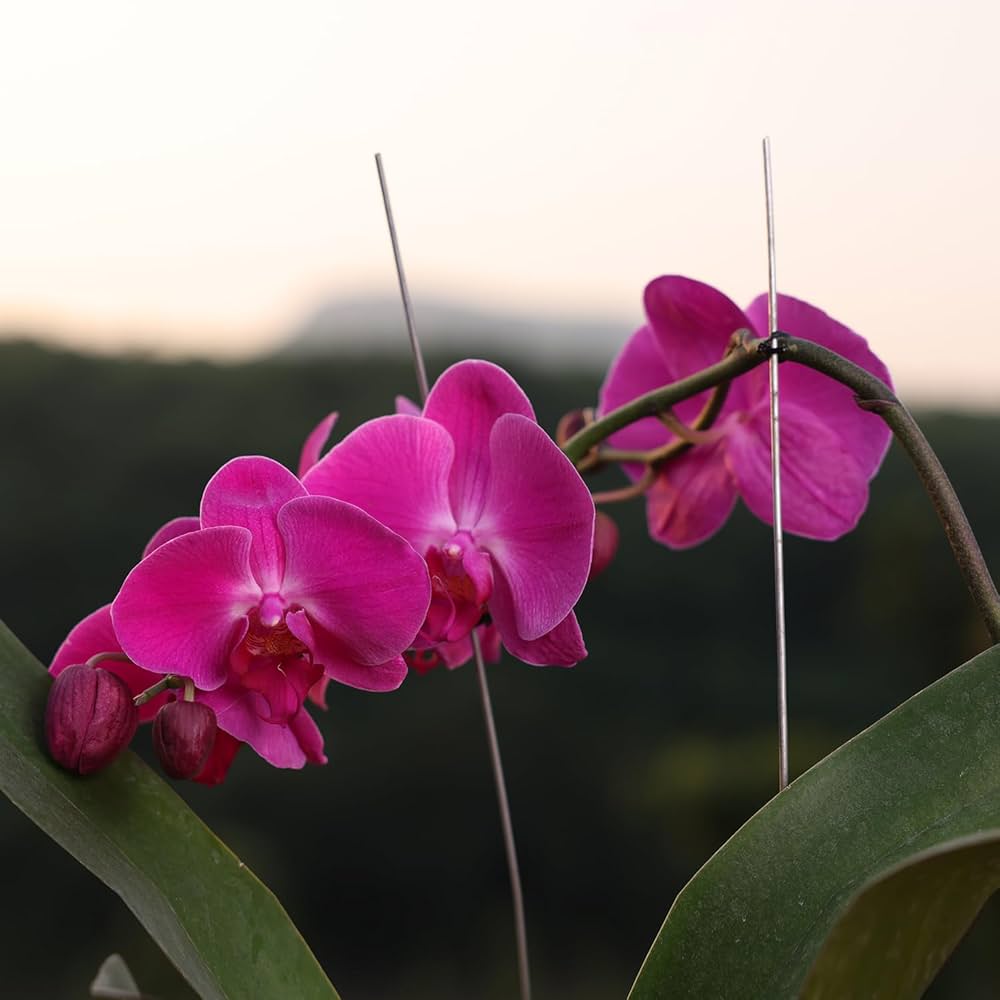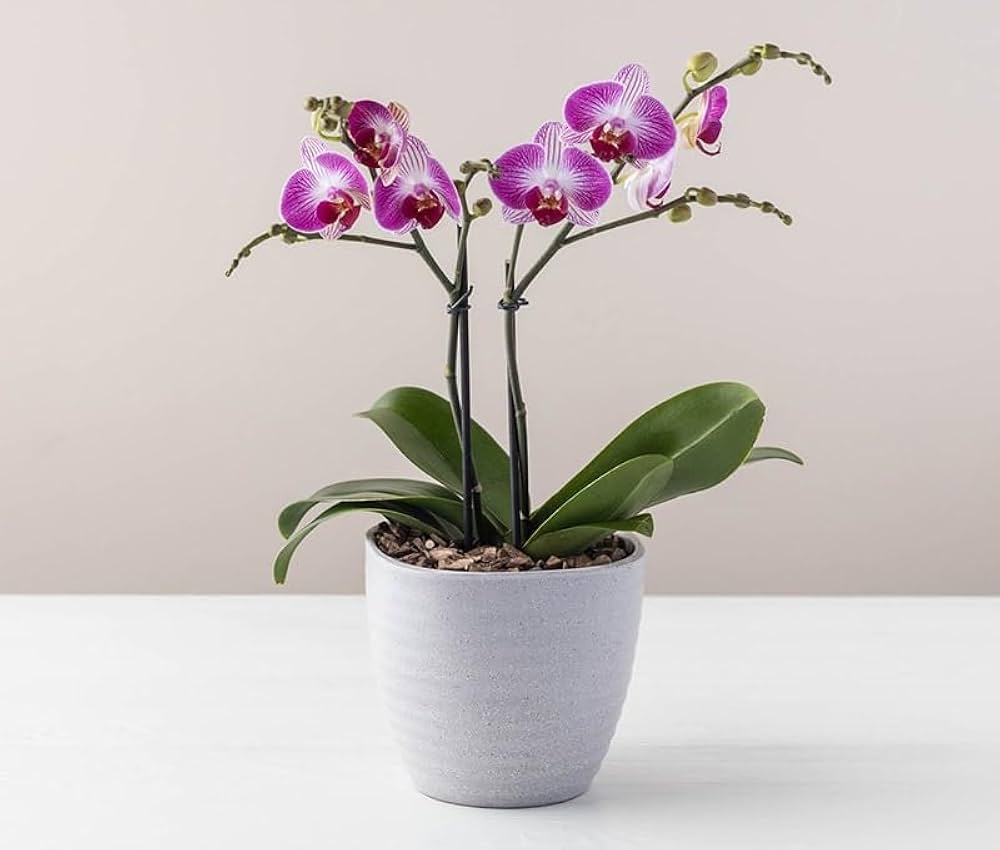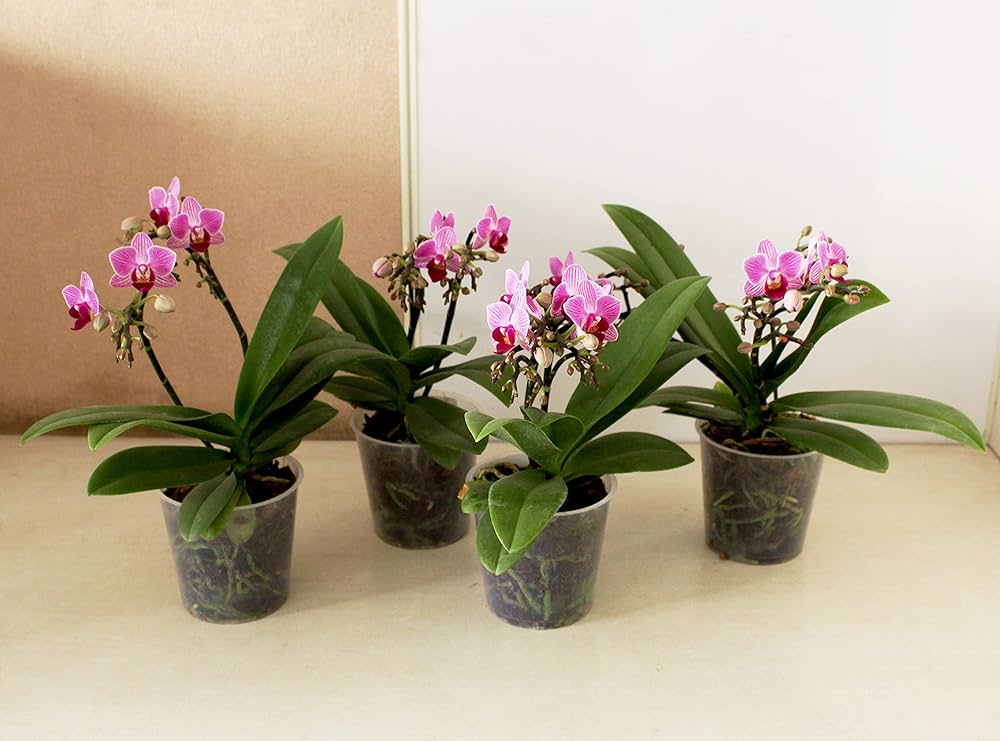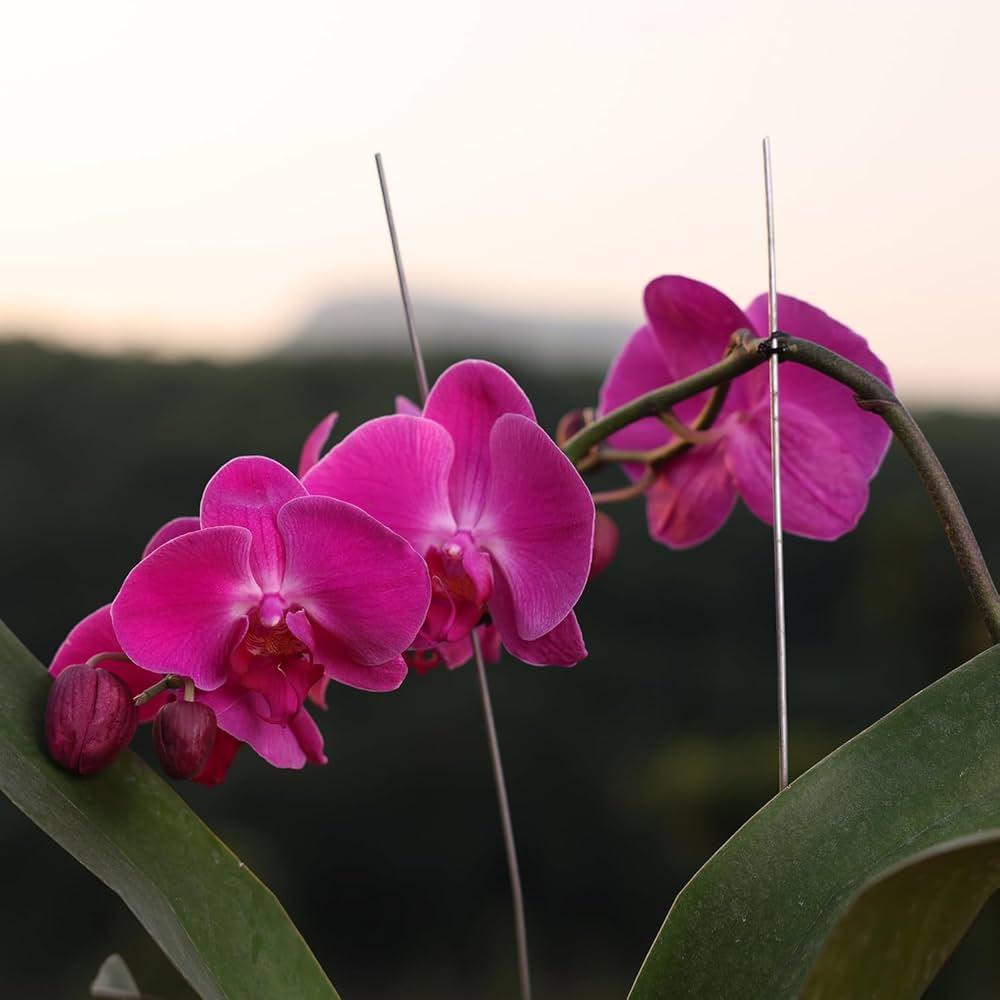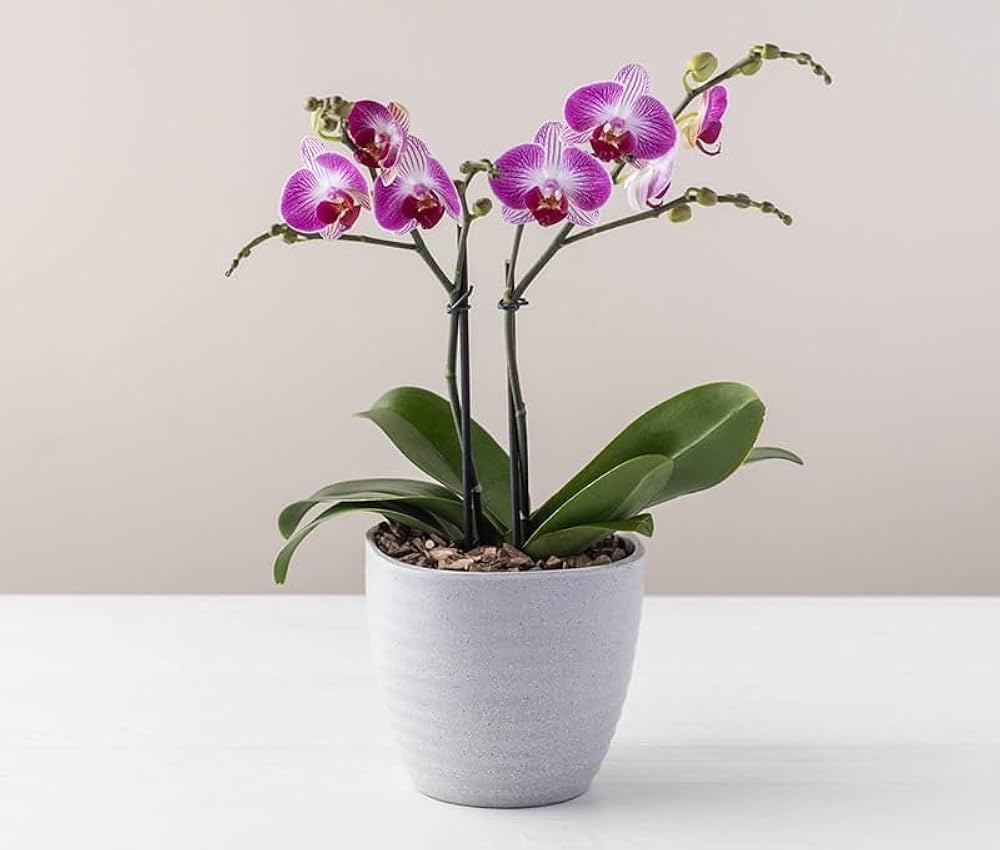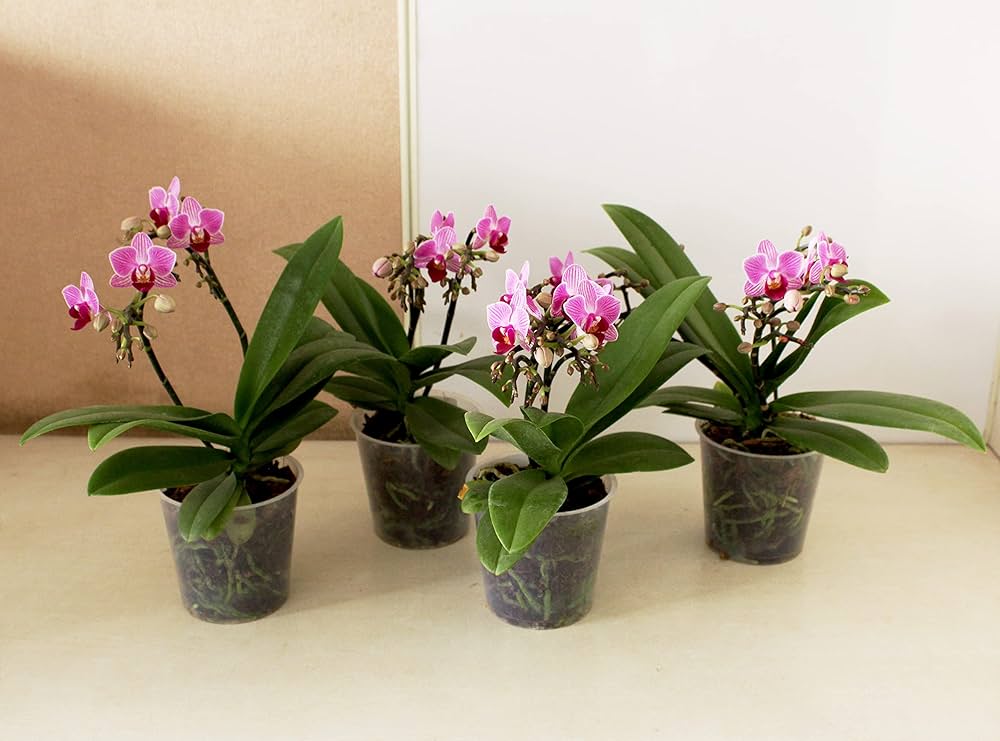Phalaenopsis Butterfly Orchid Indoor Plant Seeds
Couldn't load pickup availability
Description
Phalaenopsis Butterfly Orchid Indoor Plant Seeds
Characteristics and Uses of Phalaenopsis Butterfly Orchid Plants
Orchid seeds like those of the Phalaenopsis Butterfly Orchid produce elegant, long-lasting flowers that resemble fluttering butterflies. These exotic orchids are a favorite among houseplant enthusiasts due to their stunning blooms and ability to thrive indoors. Known for their graceful arching stems and wide array of colors, butterfly orchids add a touch of luxury to homes, offices, and greenhouse collections. Their extended blooming period, sometimes lasting for months, makes them a cherished choice for floral displays.
Growing Conditions for Phalaenopsis Butterfly Orchid Plants
Exotic plant seeds like Phalaenopsis orchids require warm temperatures, high humidity, and bright, indirect light to flourish. They grow best in temperatures between 65-80°F (18-27°C) with at least 50-70% humidity. A well-ventilated environment is essential to prevent fungal issues. Use a special orchid potting mix, such as bark-based media, to provide proper aeration and drainage.
Planting Tips for Phalaenopsis Butterfly Orchids
To grow indoor plant seeds like Phalaenopsis orchids, surface-sow the seeds on a sterilized orchid medium in a warm, humid environment. These seeds require mycorrhizal fungi or a specialized nutrient-rich agar to germinate. Due to their tiny size and unique growth needs, many growers start them in sterile flasks under controlled conditions before transplanting them to bark-based potting mixes.
Watering Instructions and Tips
Heirloom seeds such as butterfly orchids require careful watering. Water only when the potting mix is nearly dry, usually once a week. Use room-temperature, distilled, or rainwater to avoid mineral buildup. Avoid overwatering, as Phalaenopsis orchids are prone to root rot. Misting the leaves occasionally can help maintain humidity without making the roots too wet.
Growing Zones
Phalaenopsis orchids thrive in USDA Hardiness Zones 10-12 when grown outdoors in warm, tropical climates. However, they are best suited as indoor plants in cooler regions, where they can be grown year-round in stable indoor conditions.
Key Benefits & Uses
- Produces exquisite, butterfly-like blooms that last for months.
- Thrives indoors, making it ideal for home and office spaces.
- Low-maintenance once established, requiring minimal watering.
- Purifies the air and enhances indoor aesthetics.
- Non-toxic and safe for homes with pets and children.
Best Uses in the Garden & Landscape
- Perfect for indoor decoration in homes and offices.
- Ideal for greenhouse cultivation or orchid collections.
- Enhances tropical and exotic-themed gardens.
- Makes a stunning gift plant for special occasions.
Conclusion
Growing non-GMO seeds like Phalaenopsis Butterfly Orchid is a rewarding experience for plant lovers seeking elegance and beauty in their indoor gardens. With proper care, these orchids will reward you with breathtaking flowers year after year. bijaseeds, a big, trusted name in the seed world, offers a wide range of high-quality, non-GMO varieties to gardeners everywhere, ensuring you receive the best seeds for successful orchid cultivation.
FAQ
How long does it take for Phalaenopsis orchid seeds to germinate?
Phalaenopsis orchid seeds can take several months to a year to germinate due to their unique dependence on specialized growing mediums or mycorrhizal fungi.
Do Phalaenopsis orchids need direct sunlight?
No, Phalaenopsis orchids thrive in bright, indirect light. Direct sunlight can scorch their delicate leaves, so it's best to place them near an east or north-facing window.
How often should I water my Phalaenopsis orchid?
Water your orchid once a week, allowing the potting mix to dry out between waterings. In humid conditions, you may need to water less frequently, while in drier environments, occasional misting can help maintain moisture.
